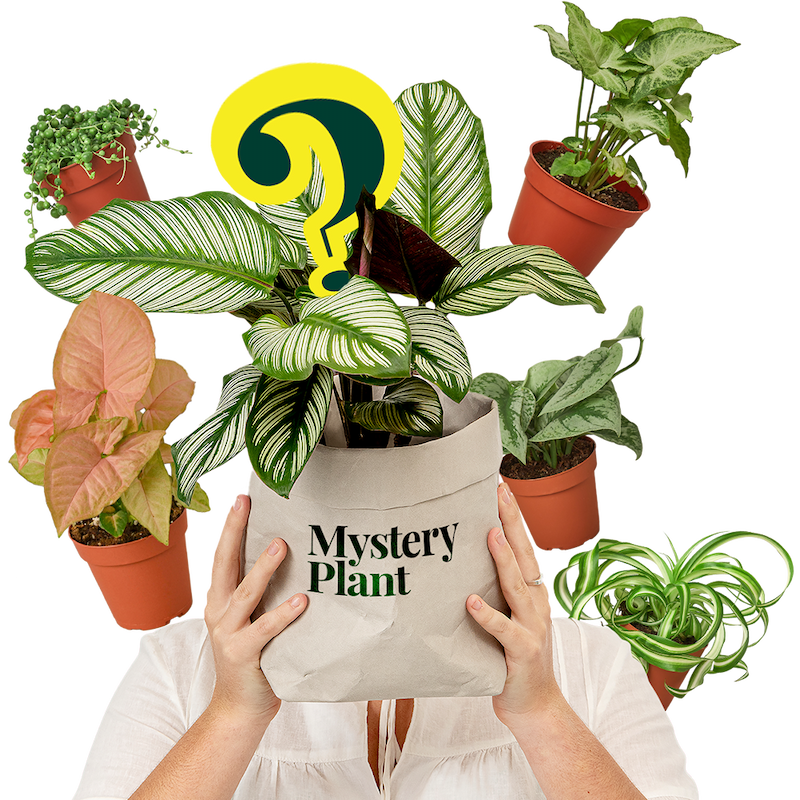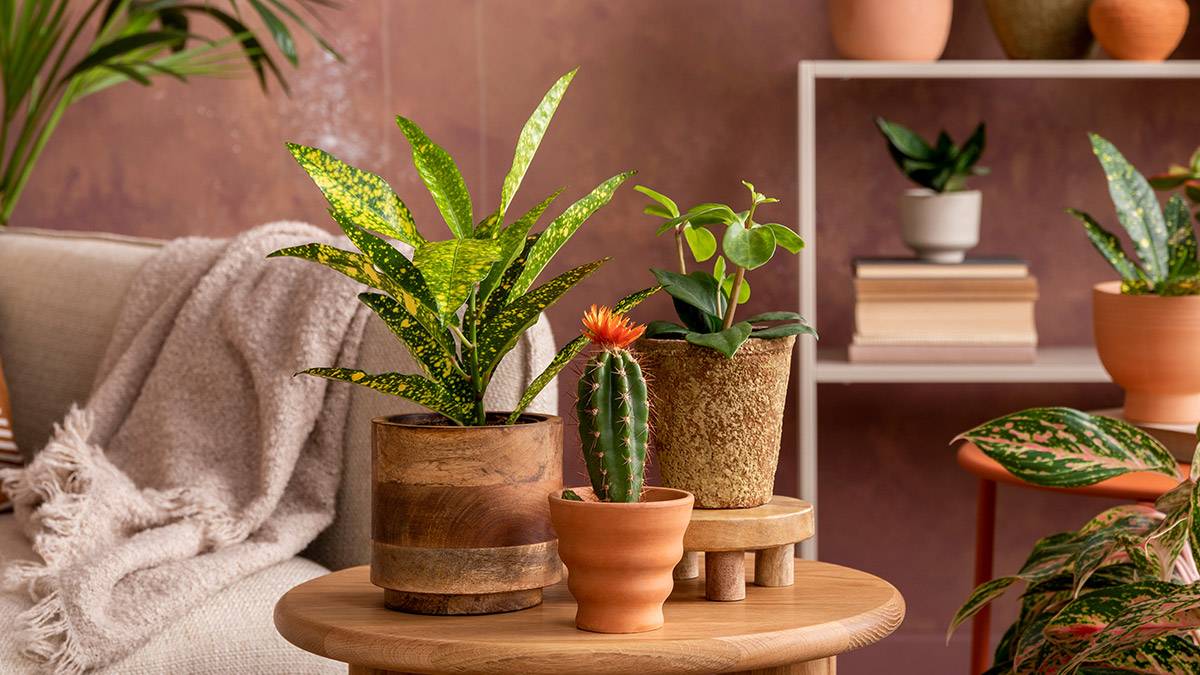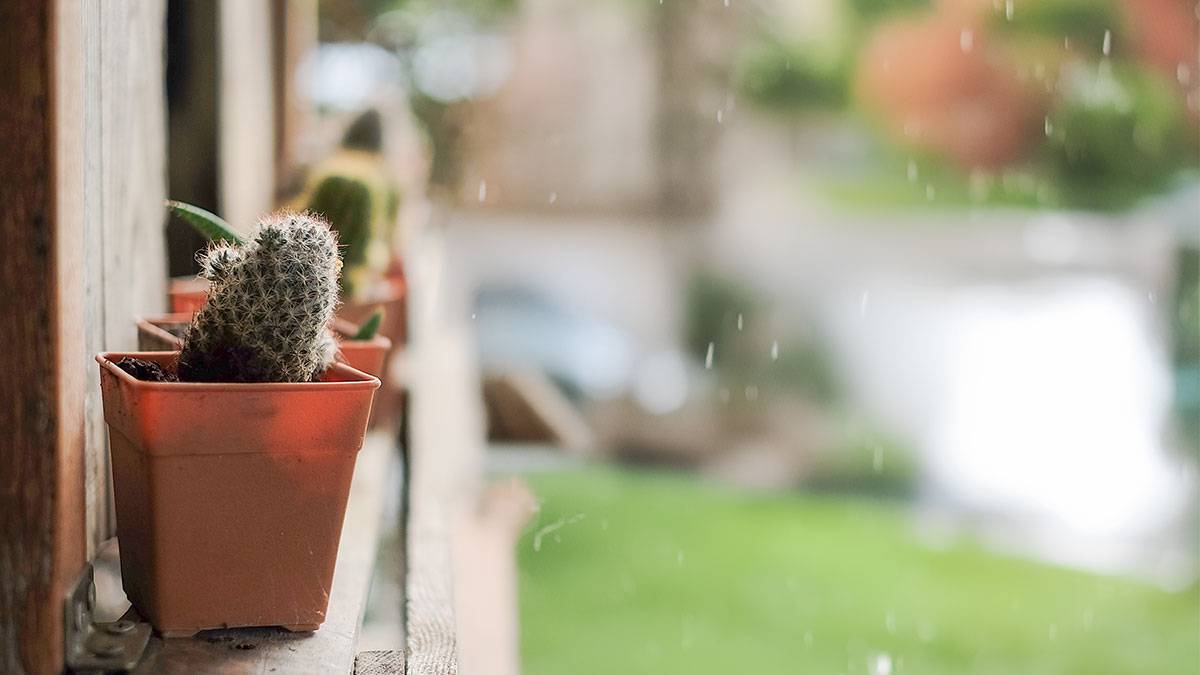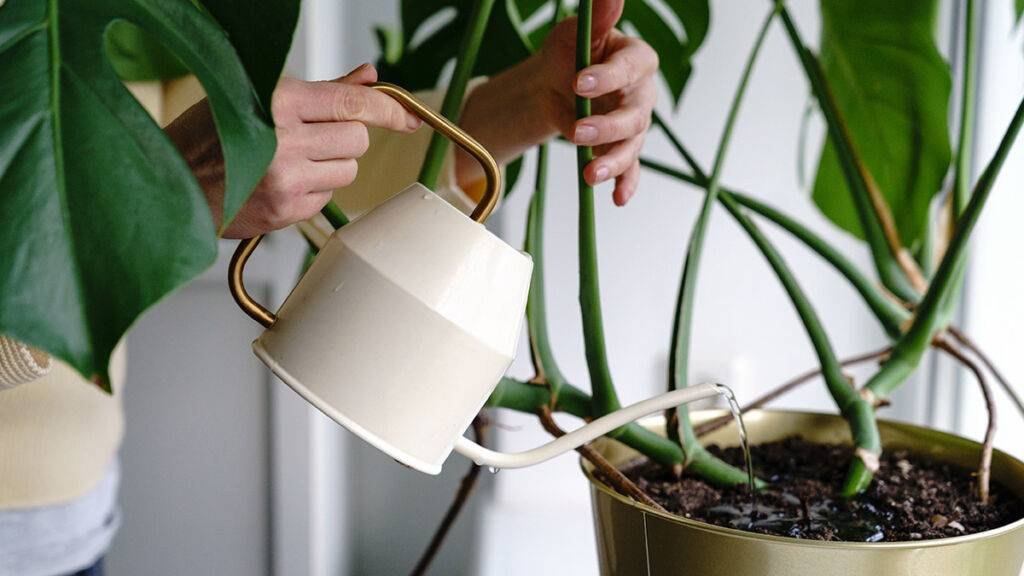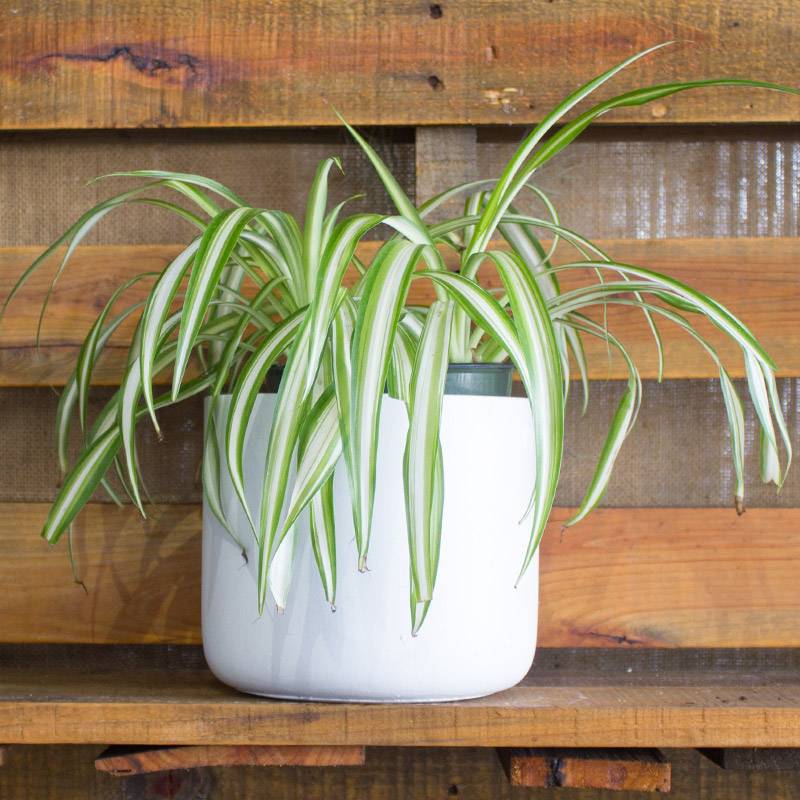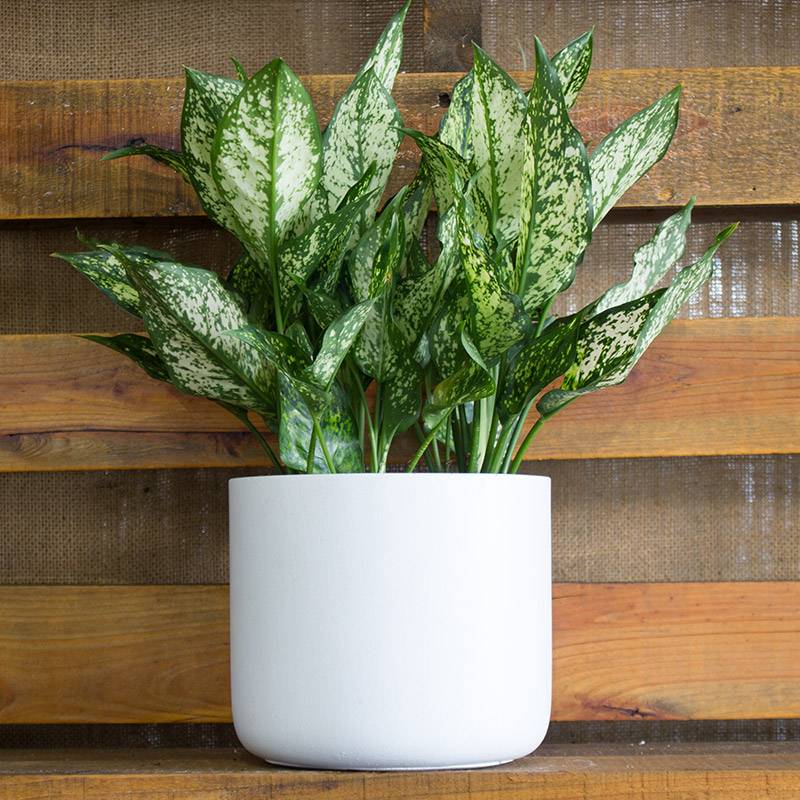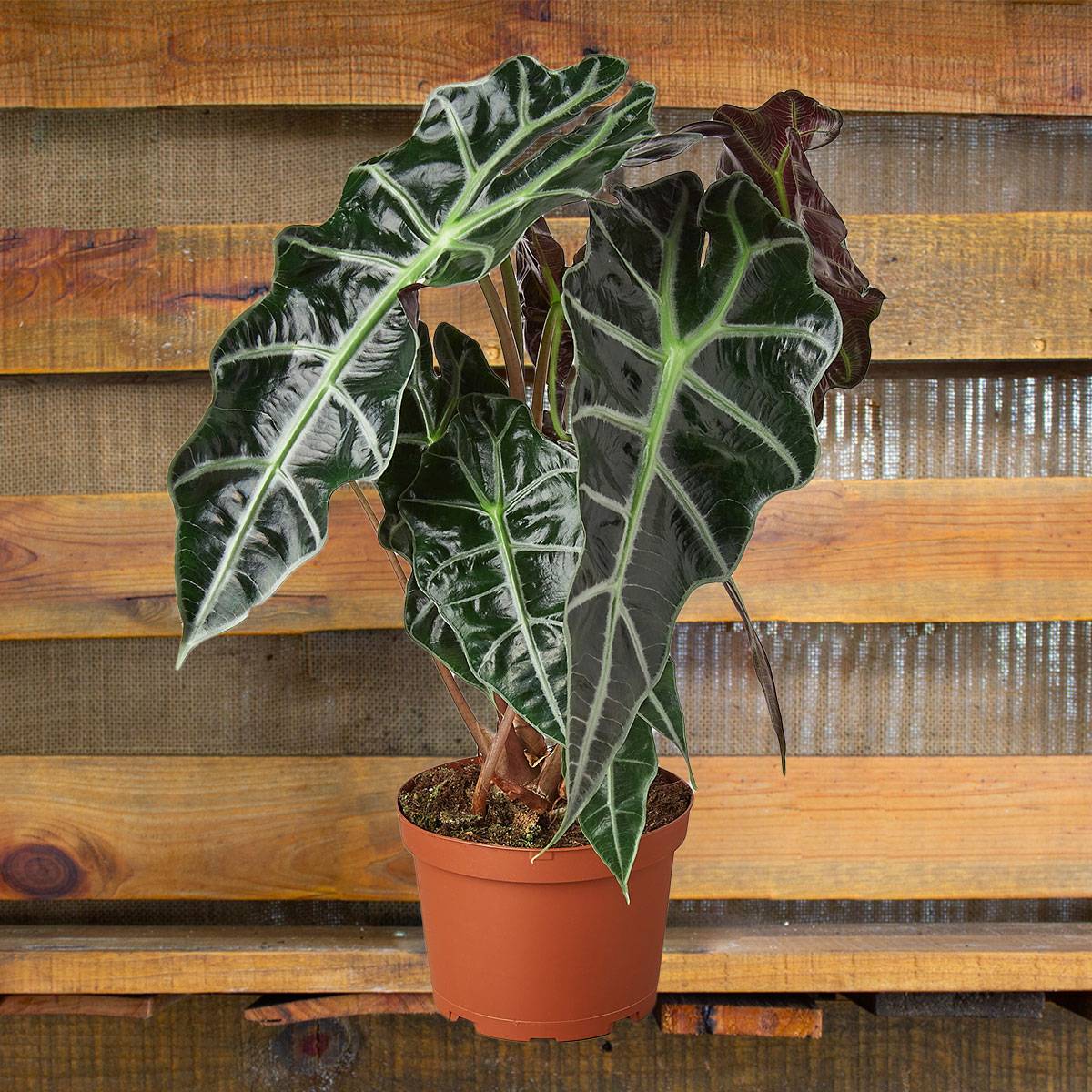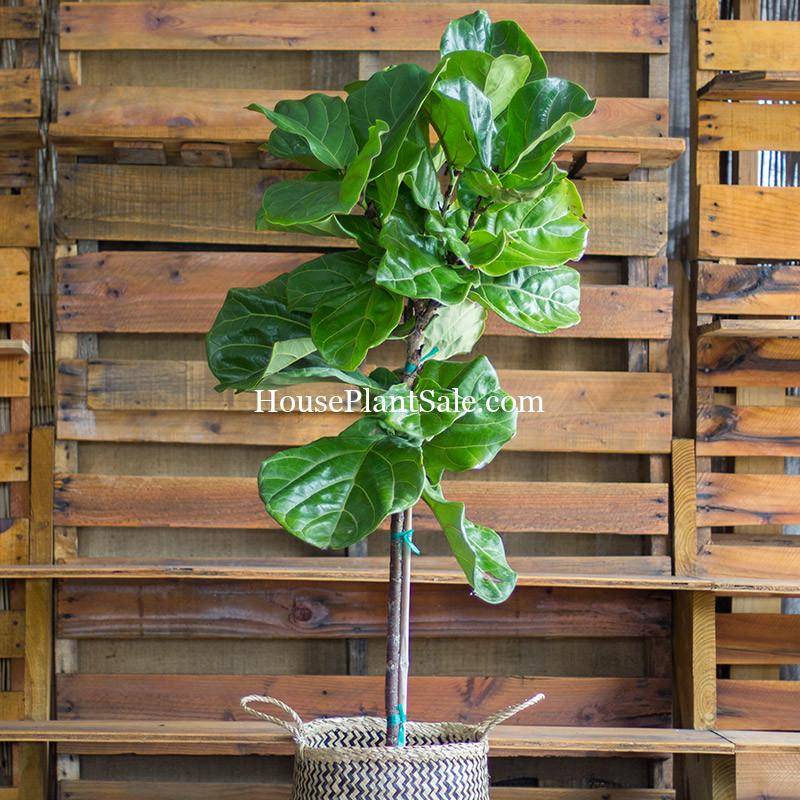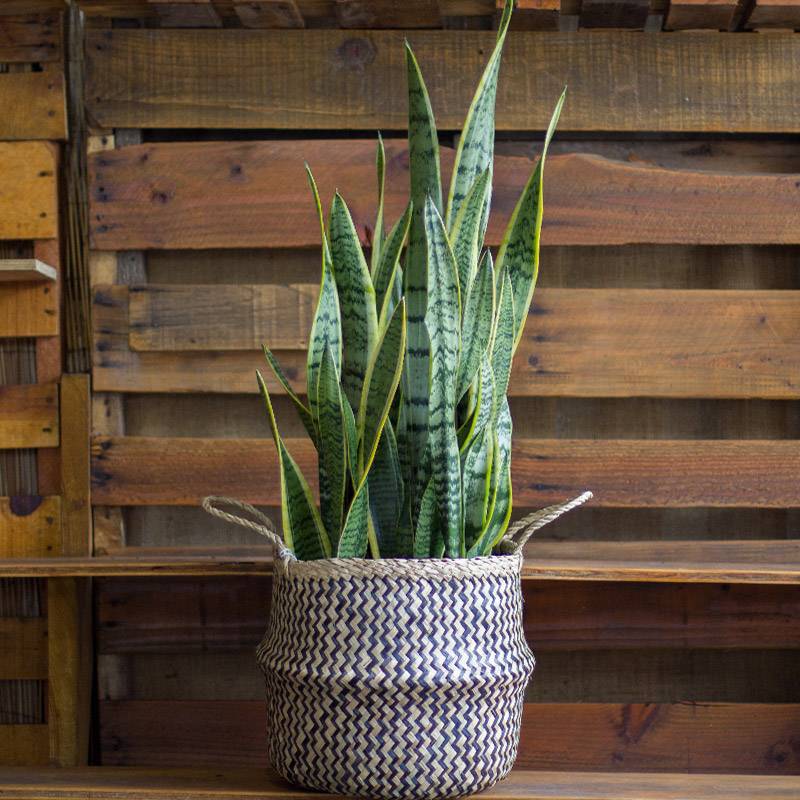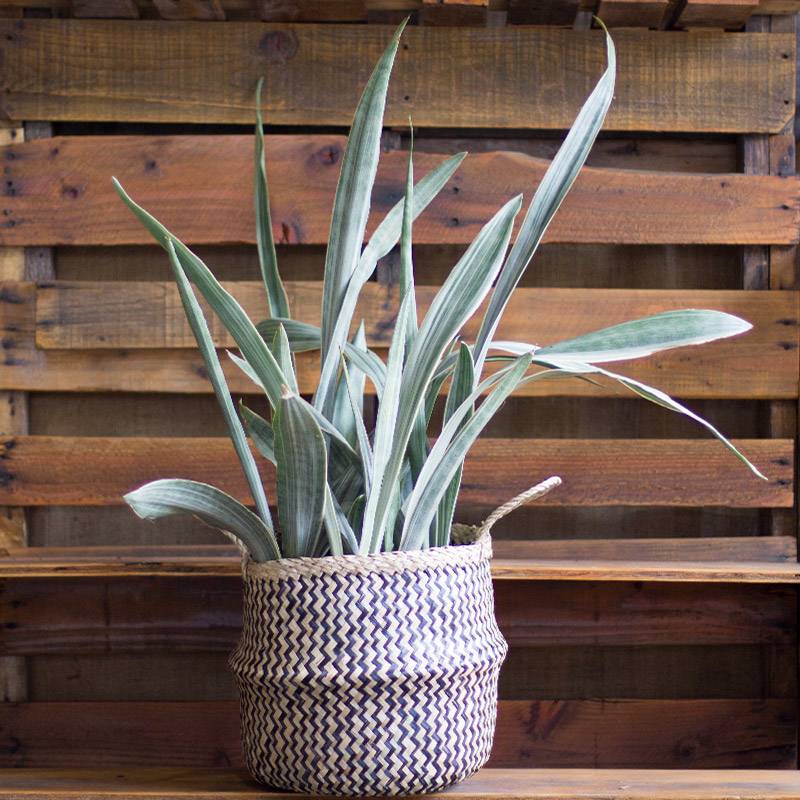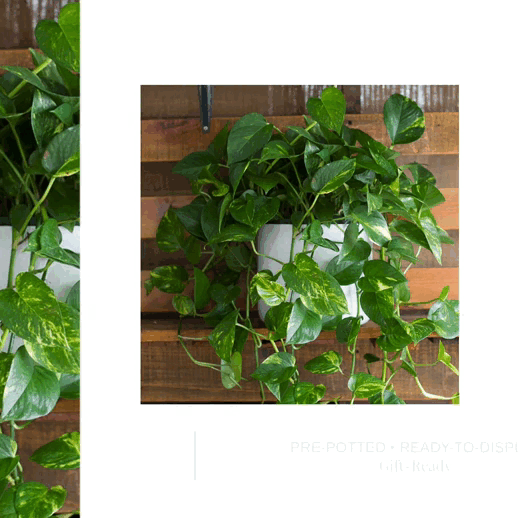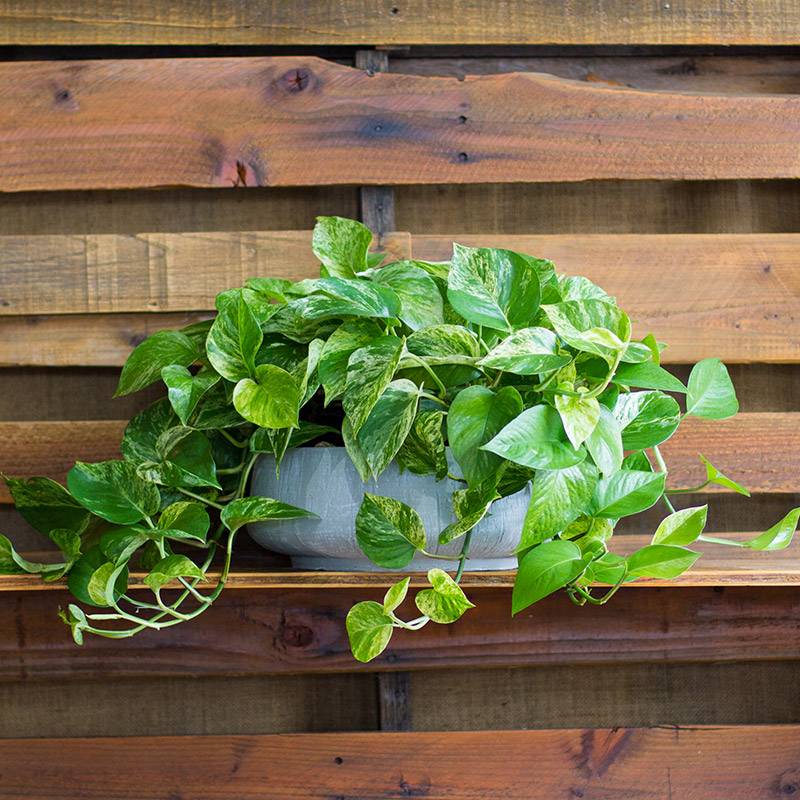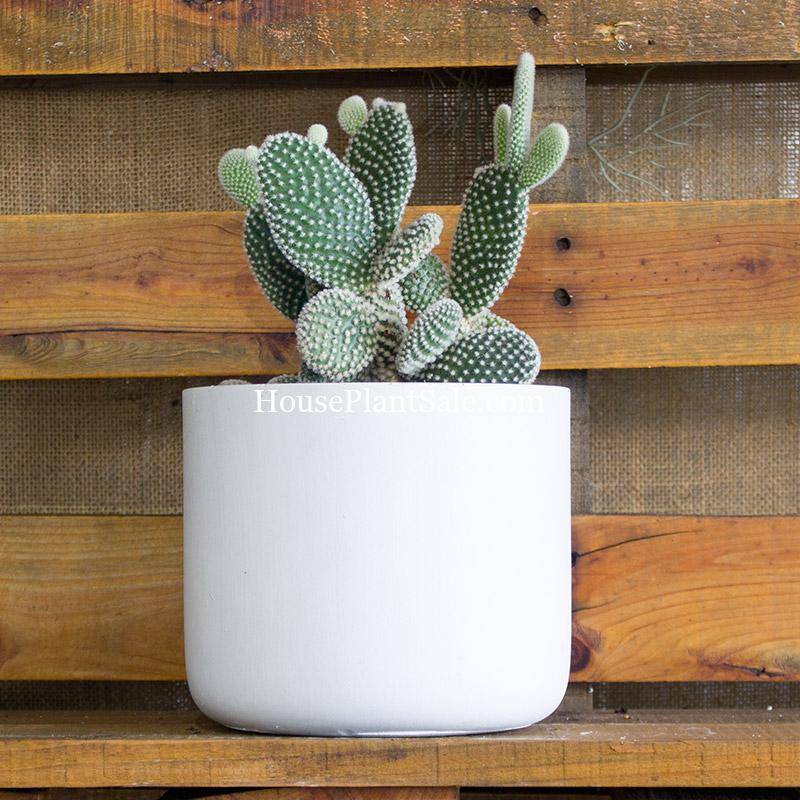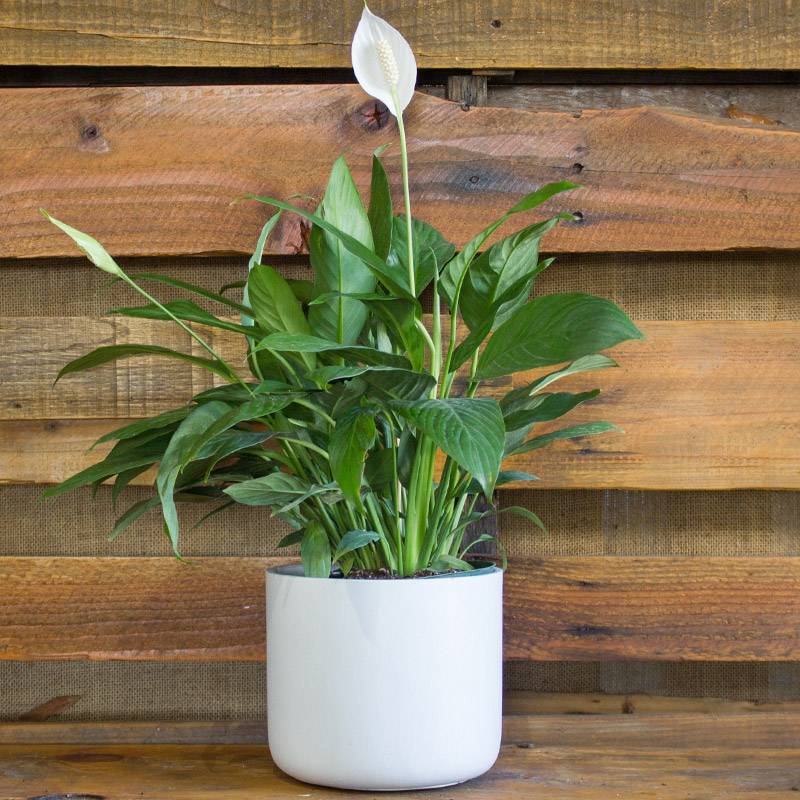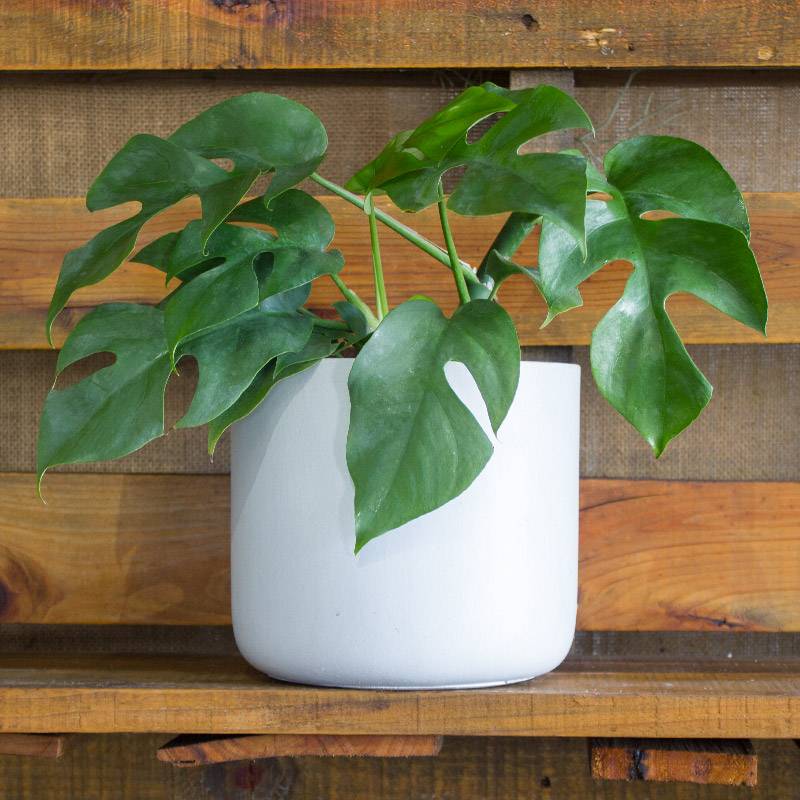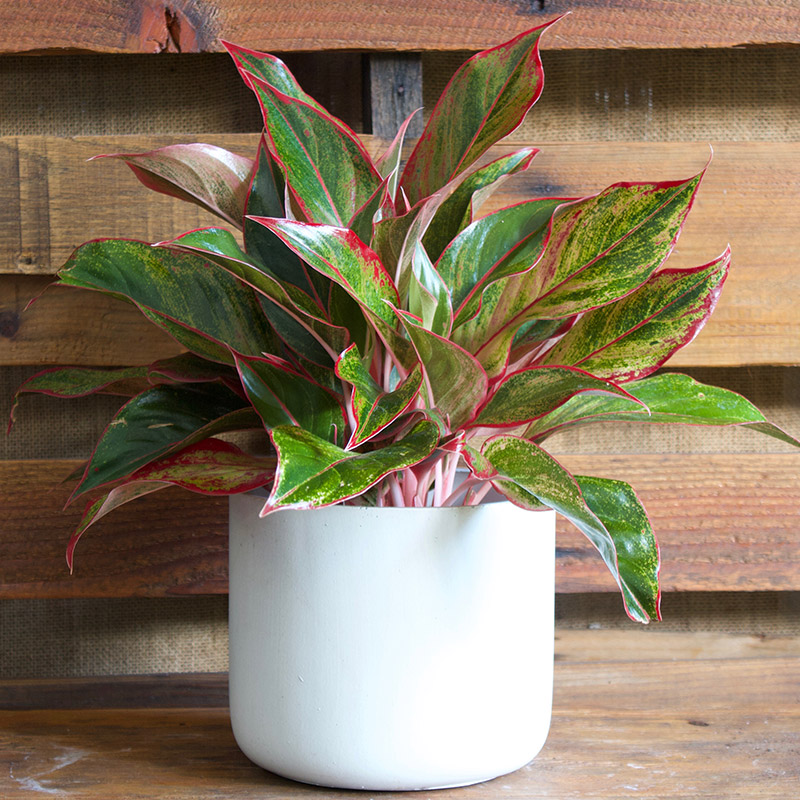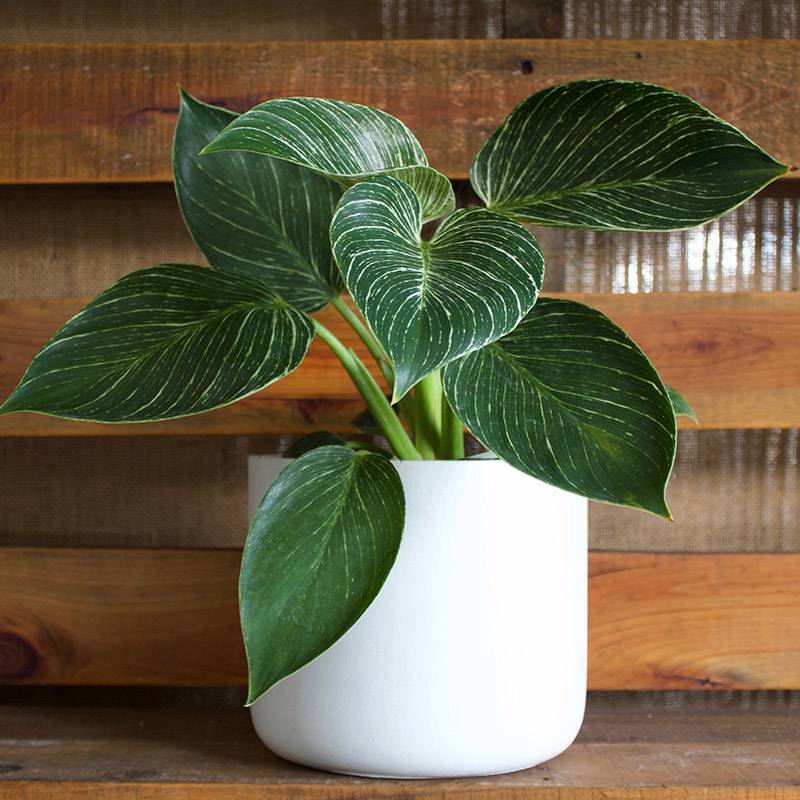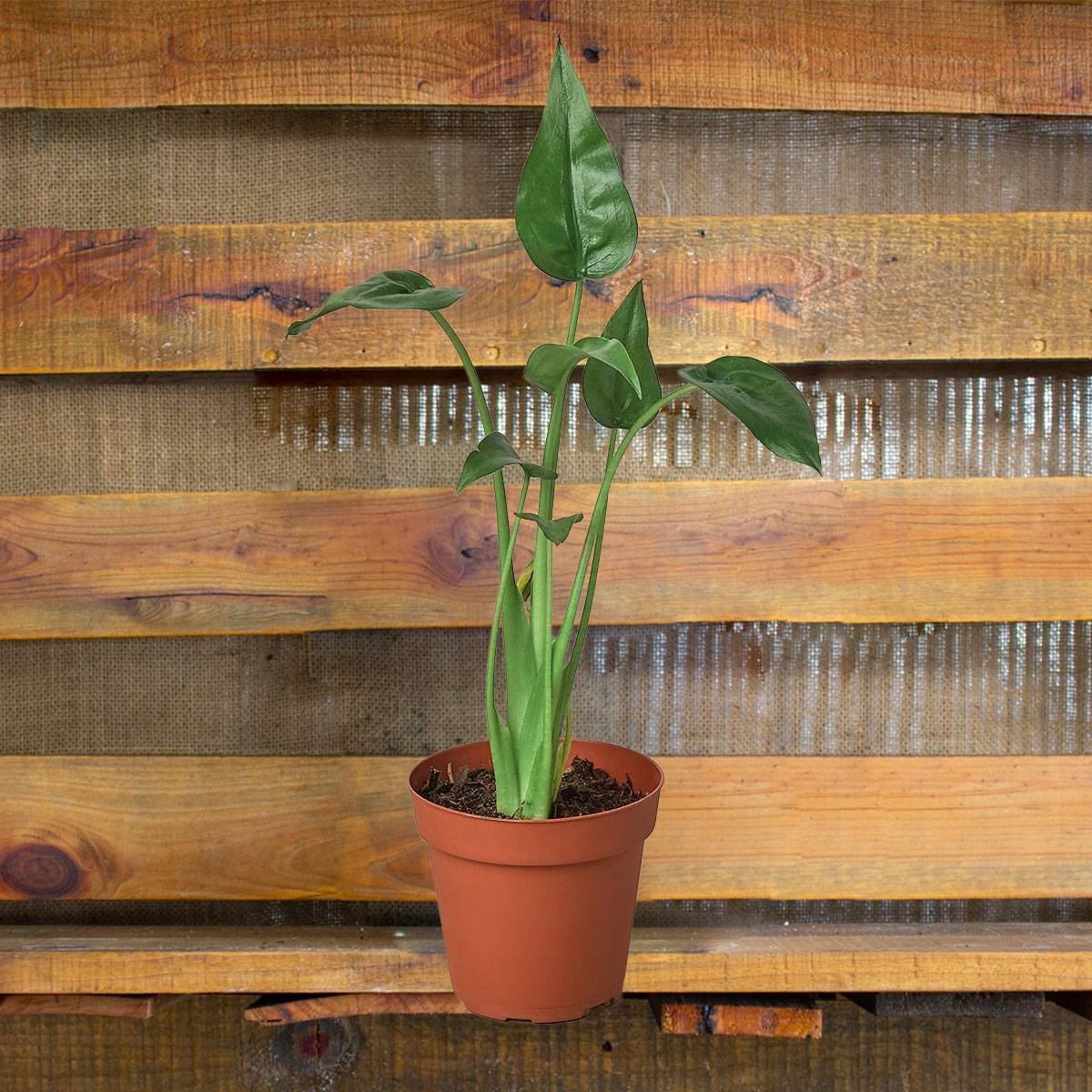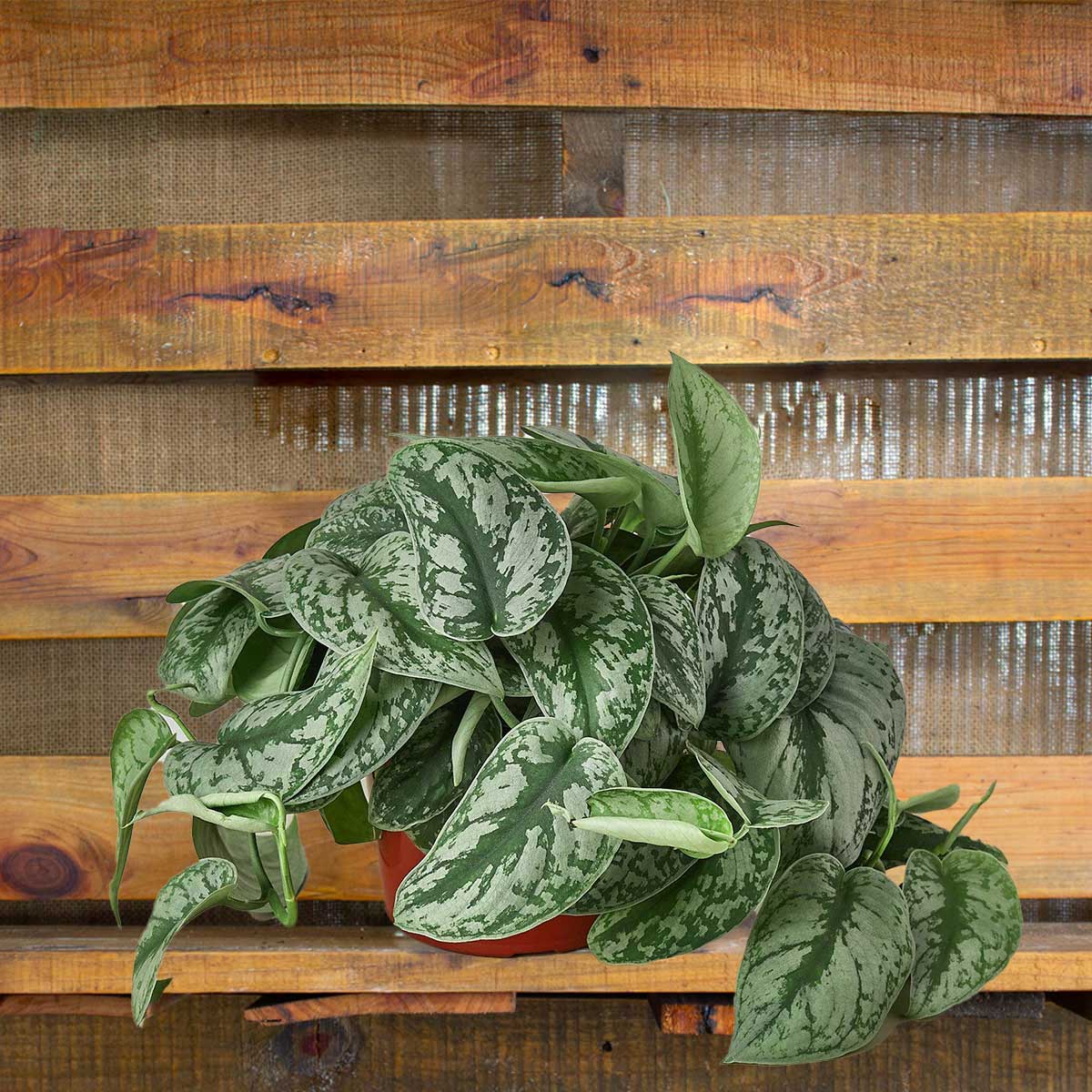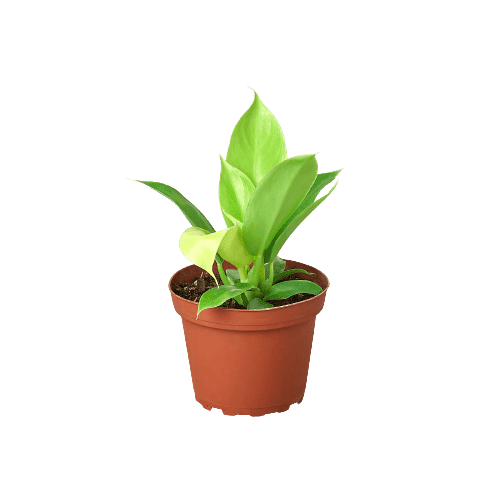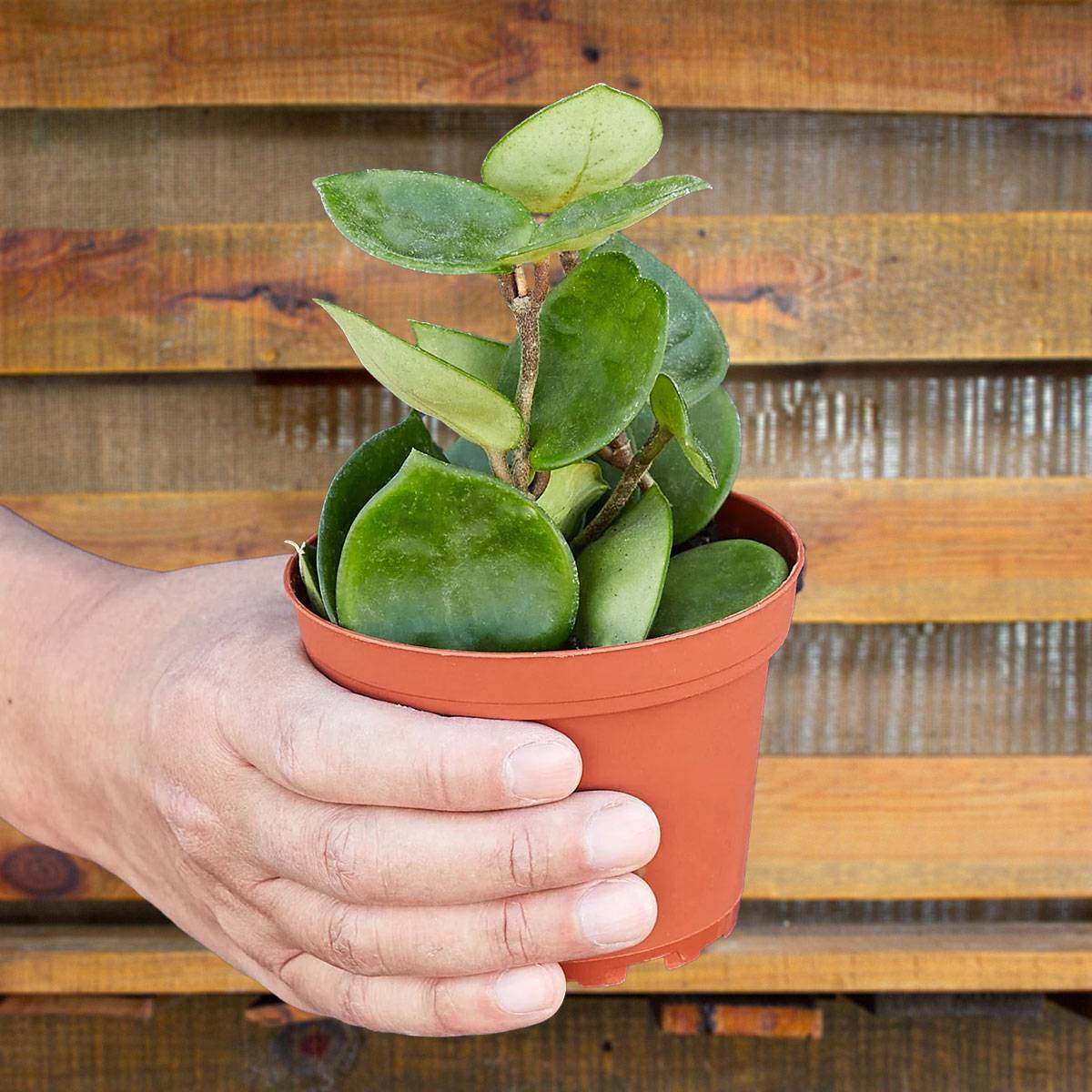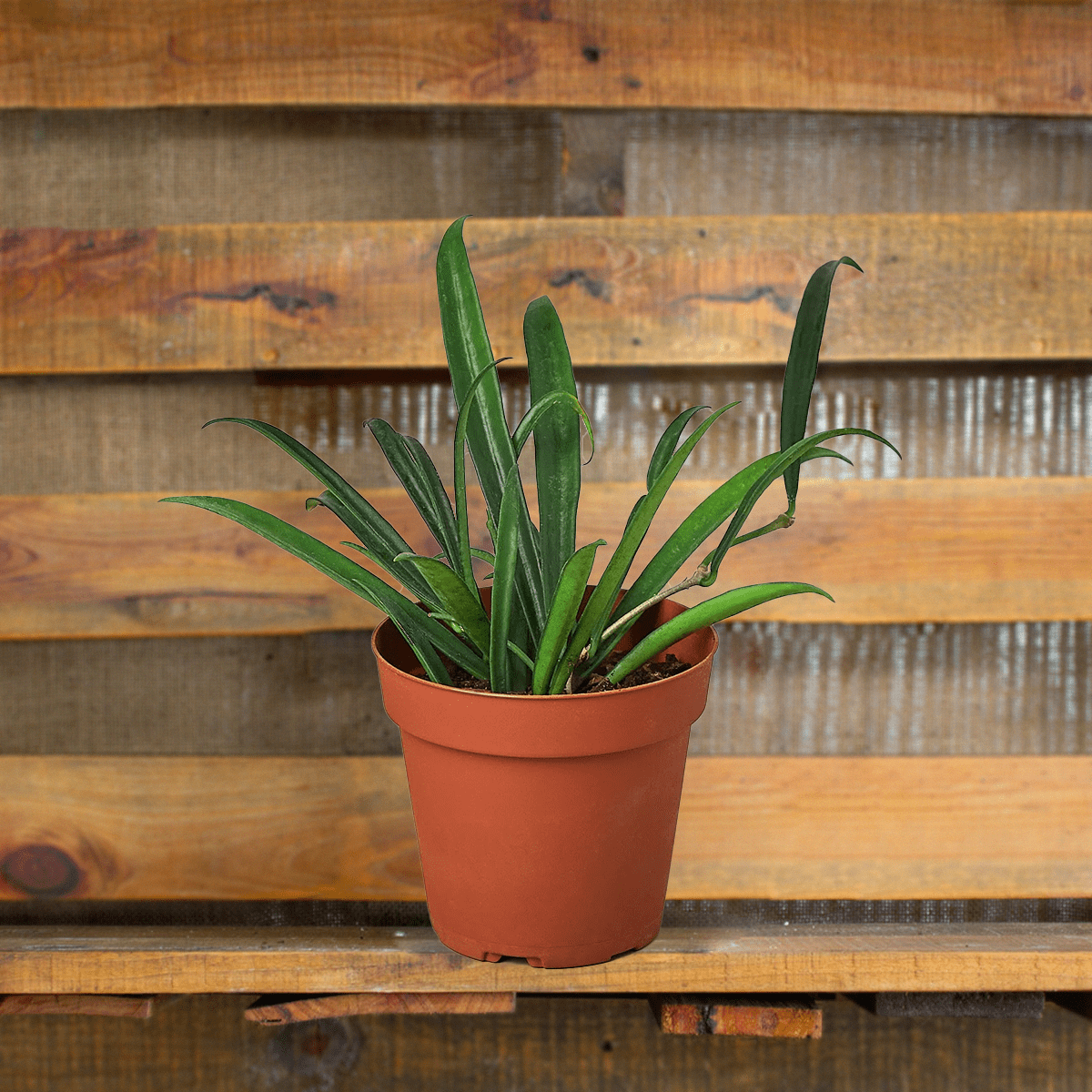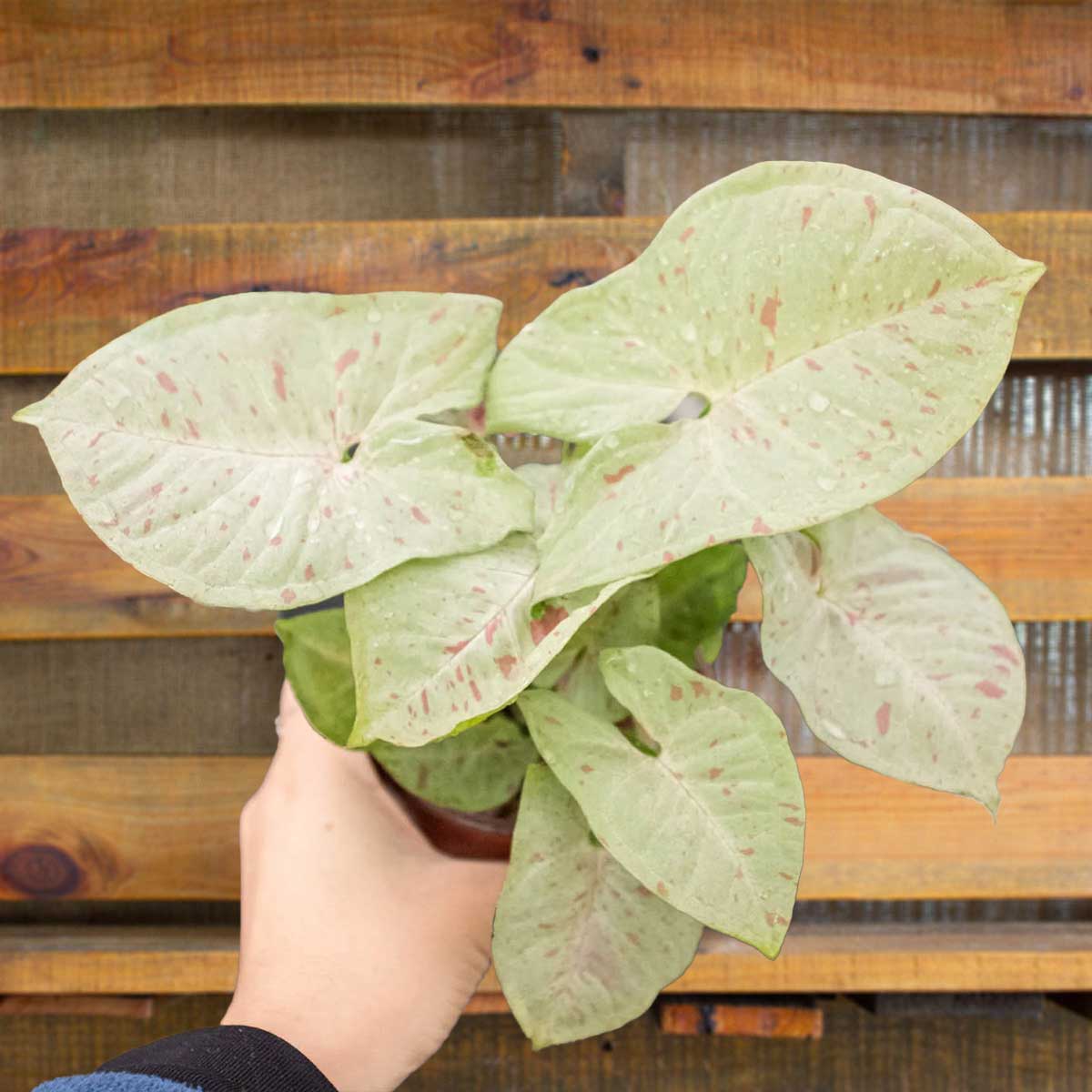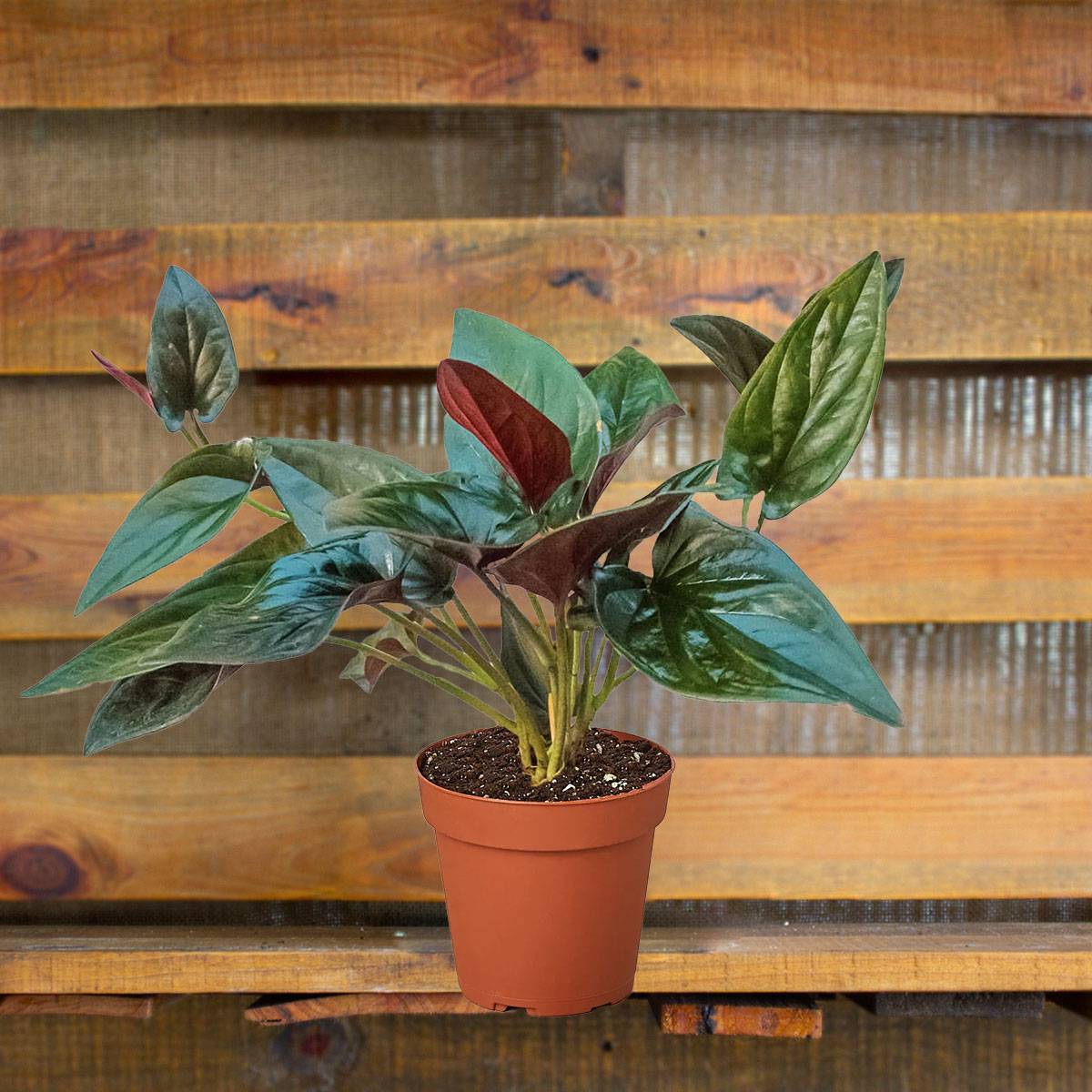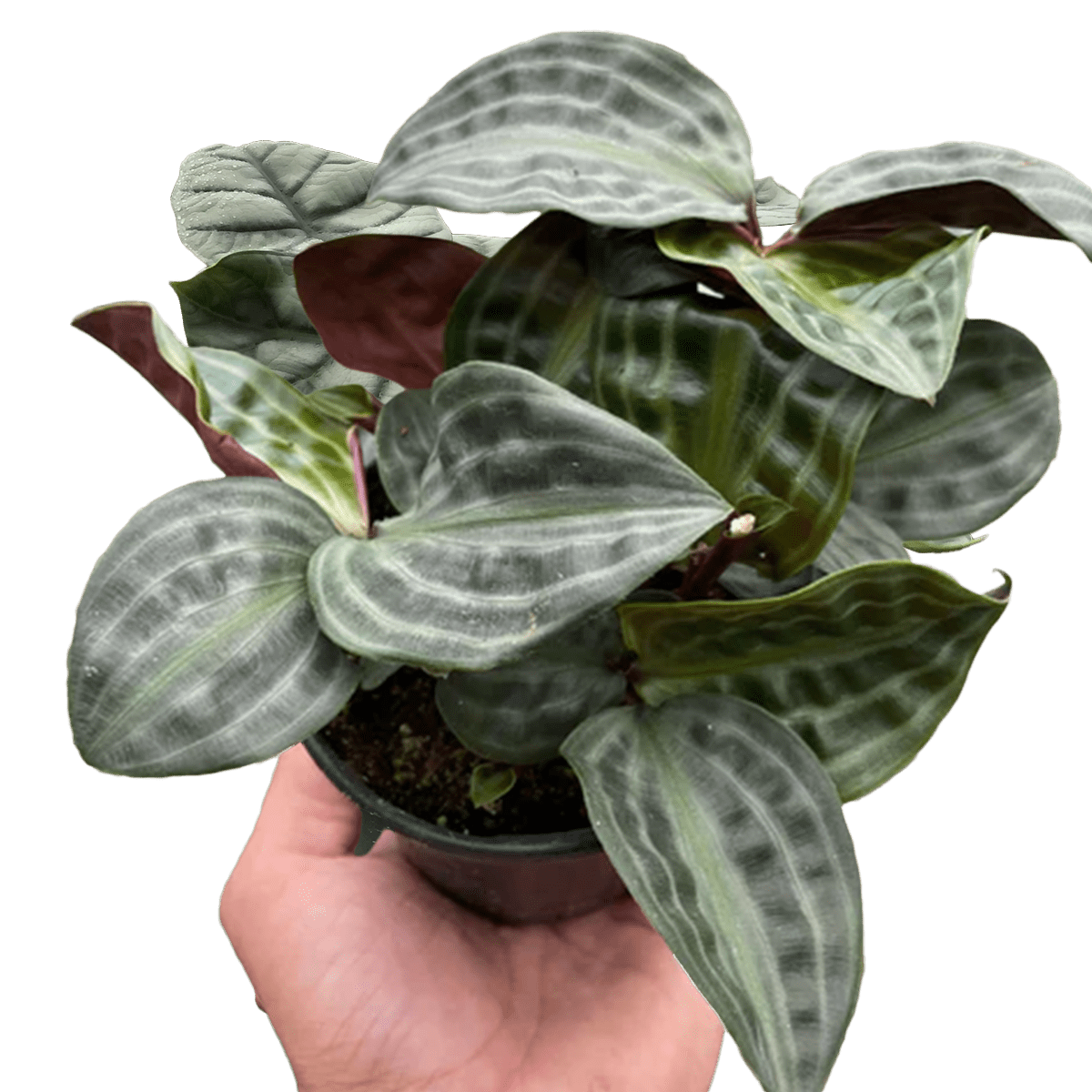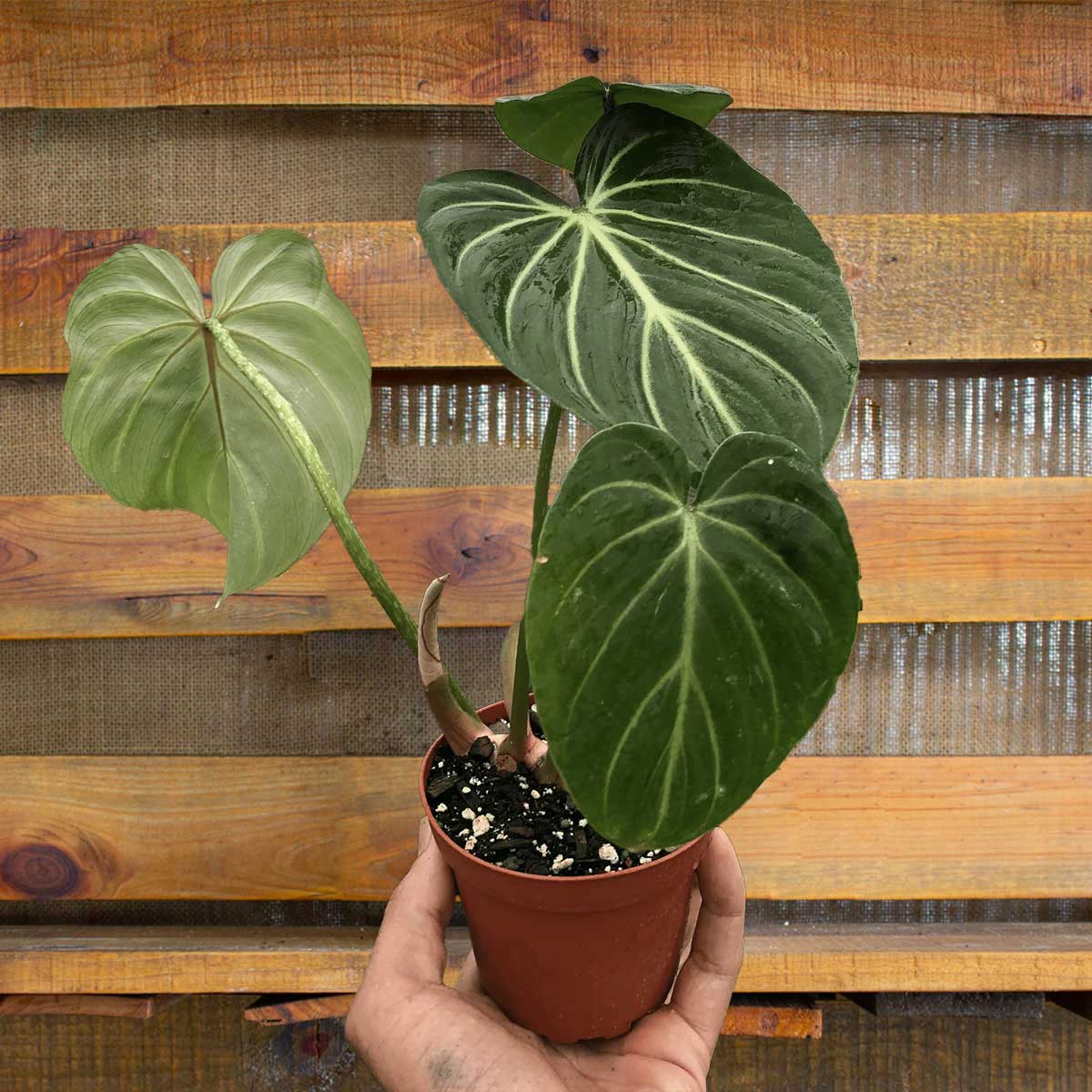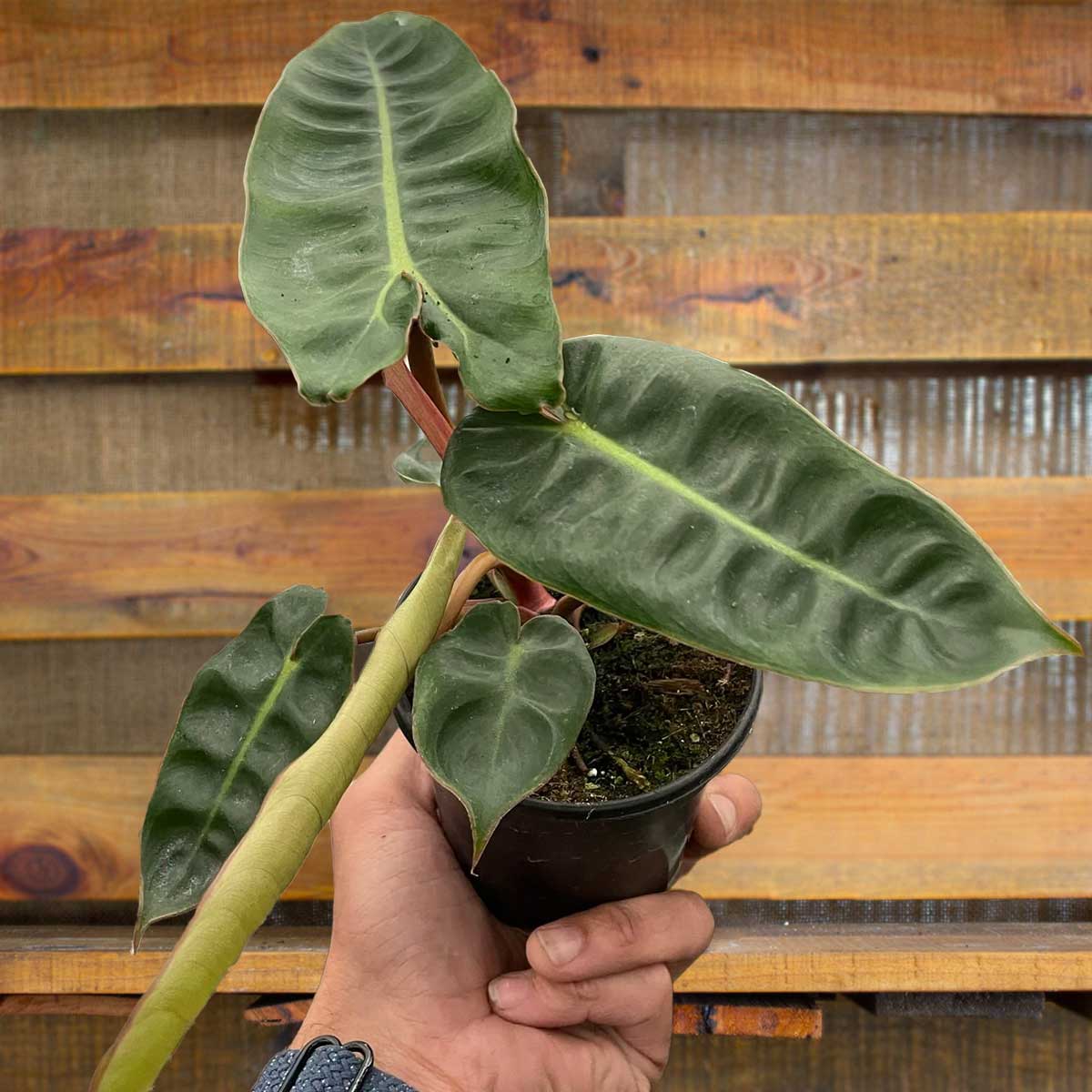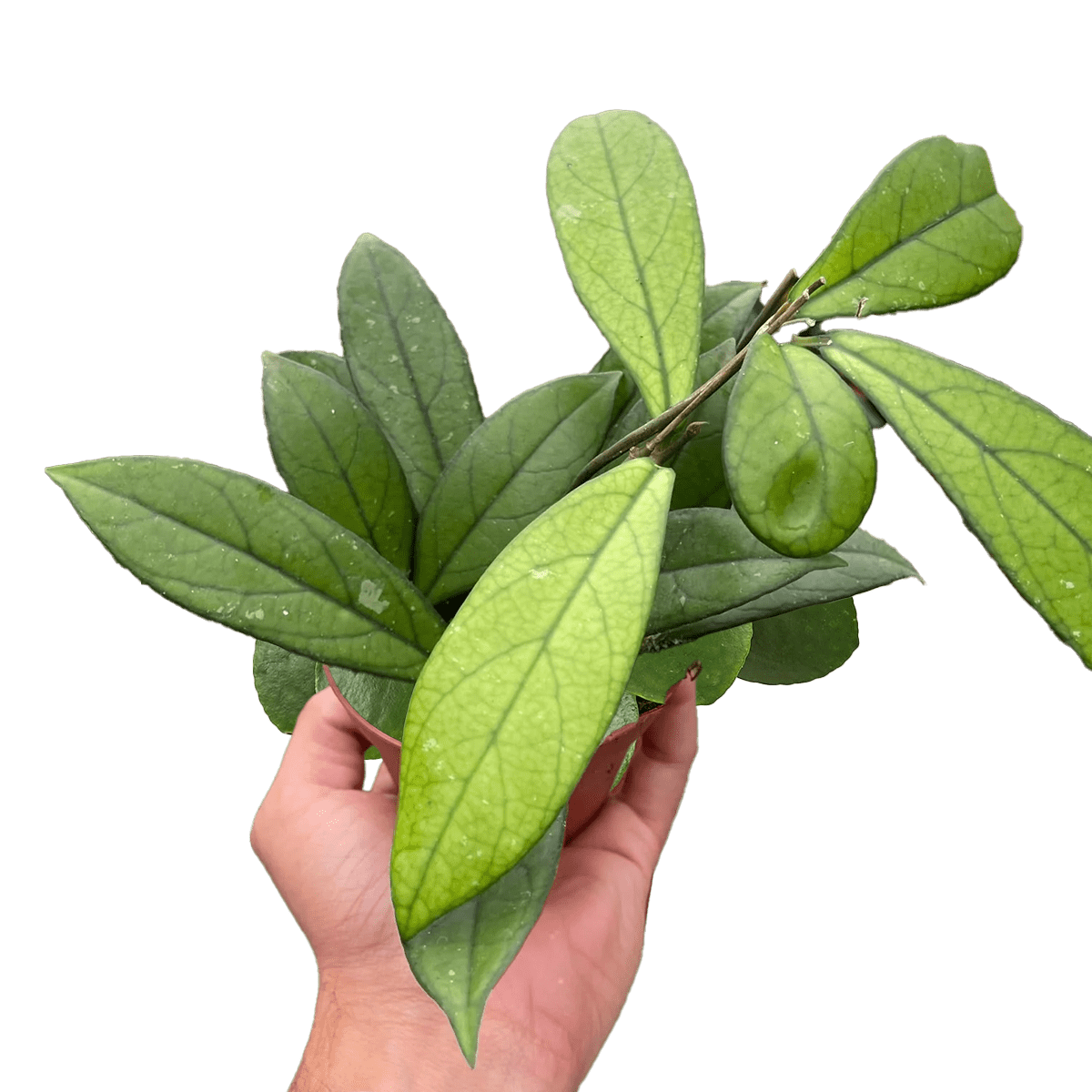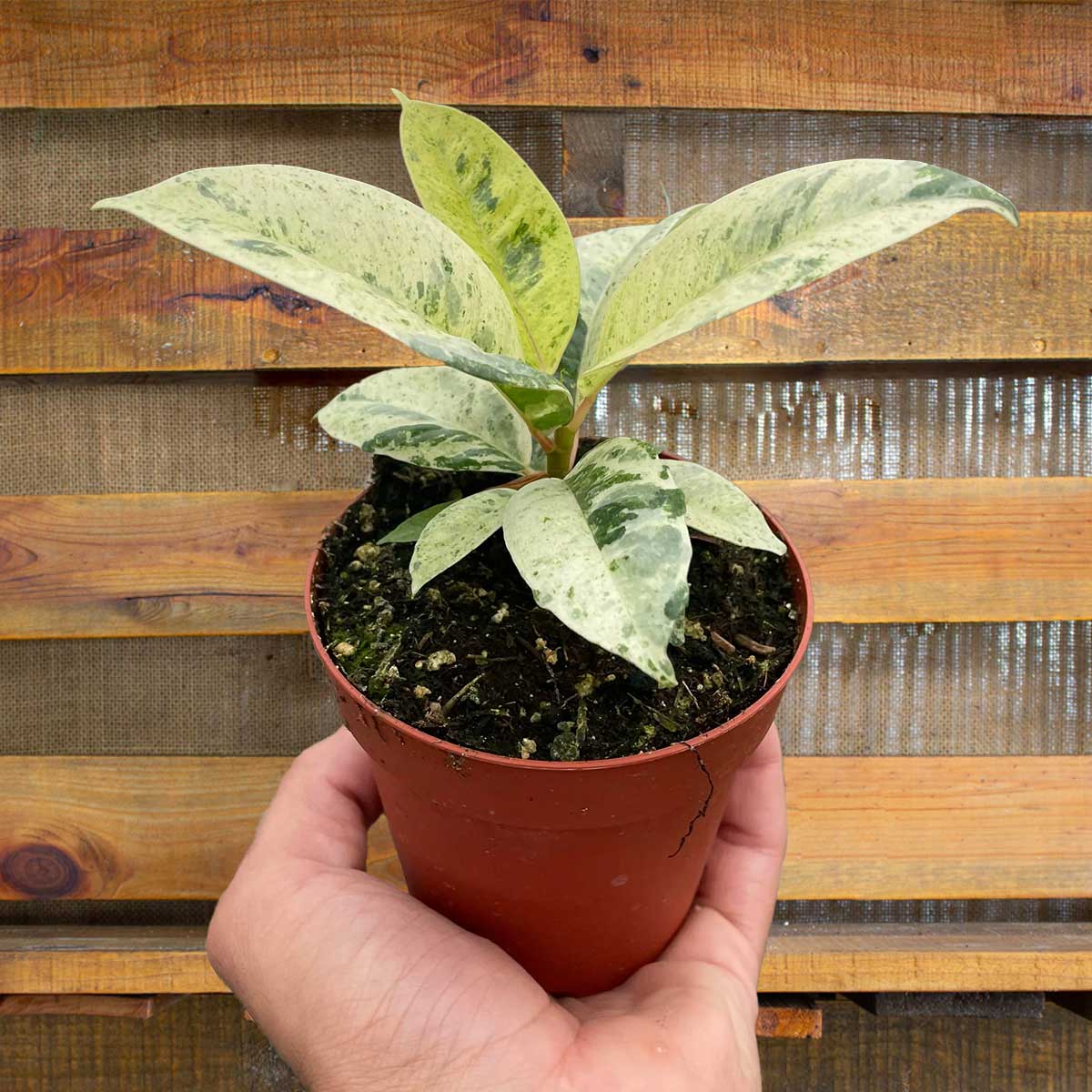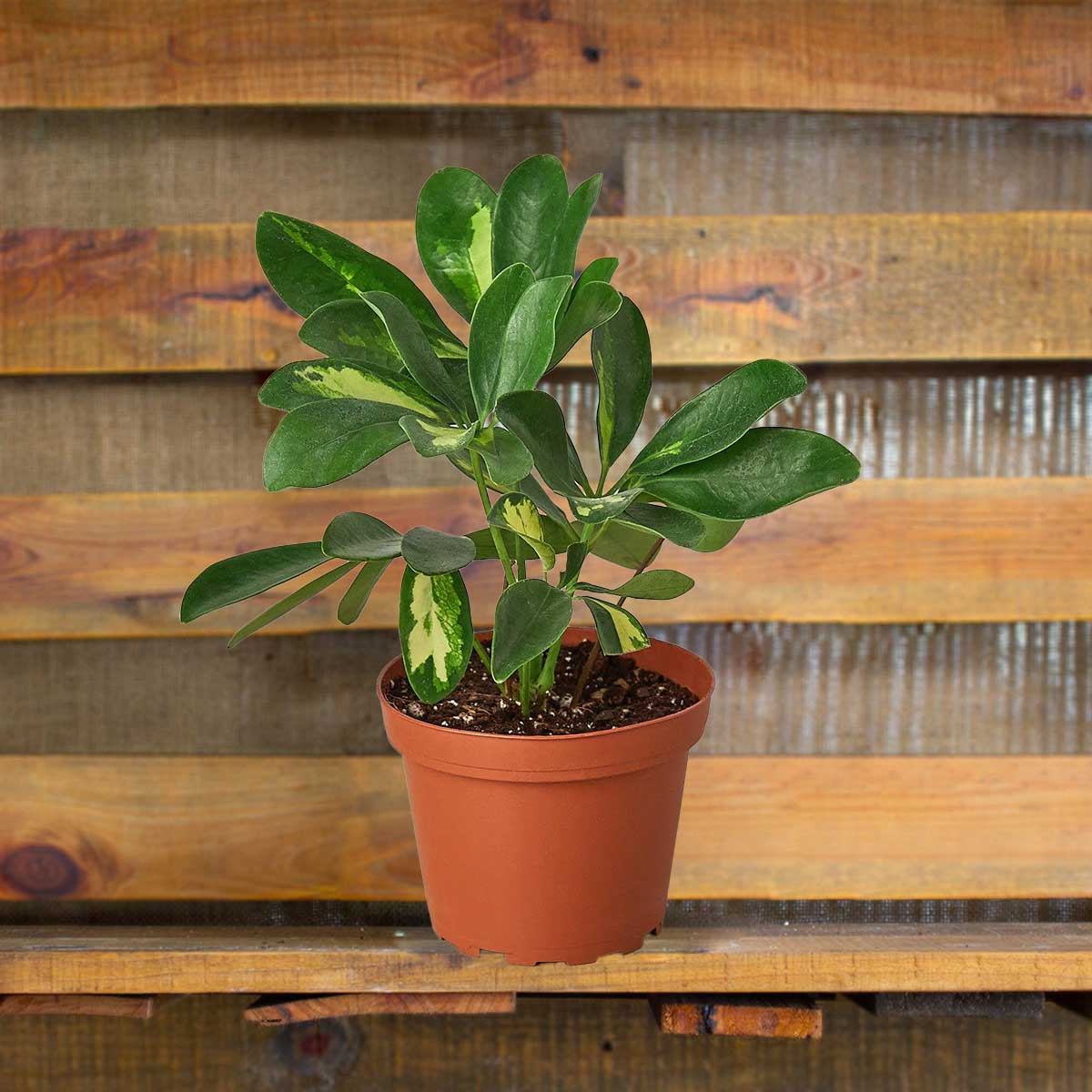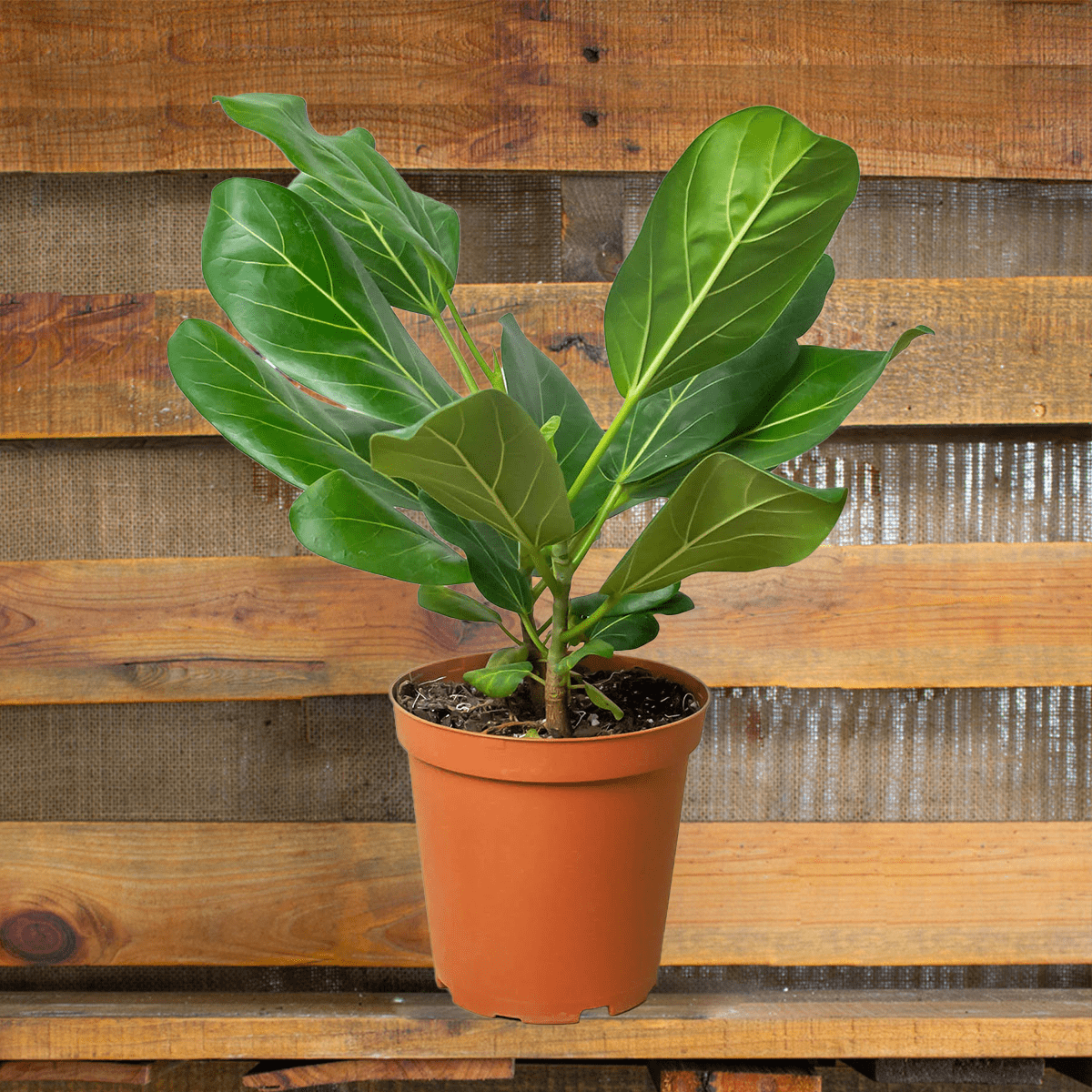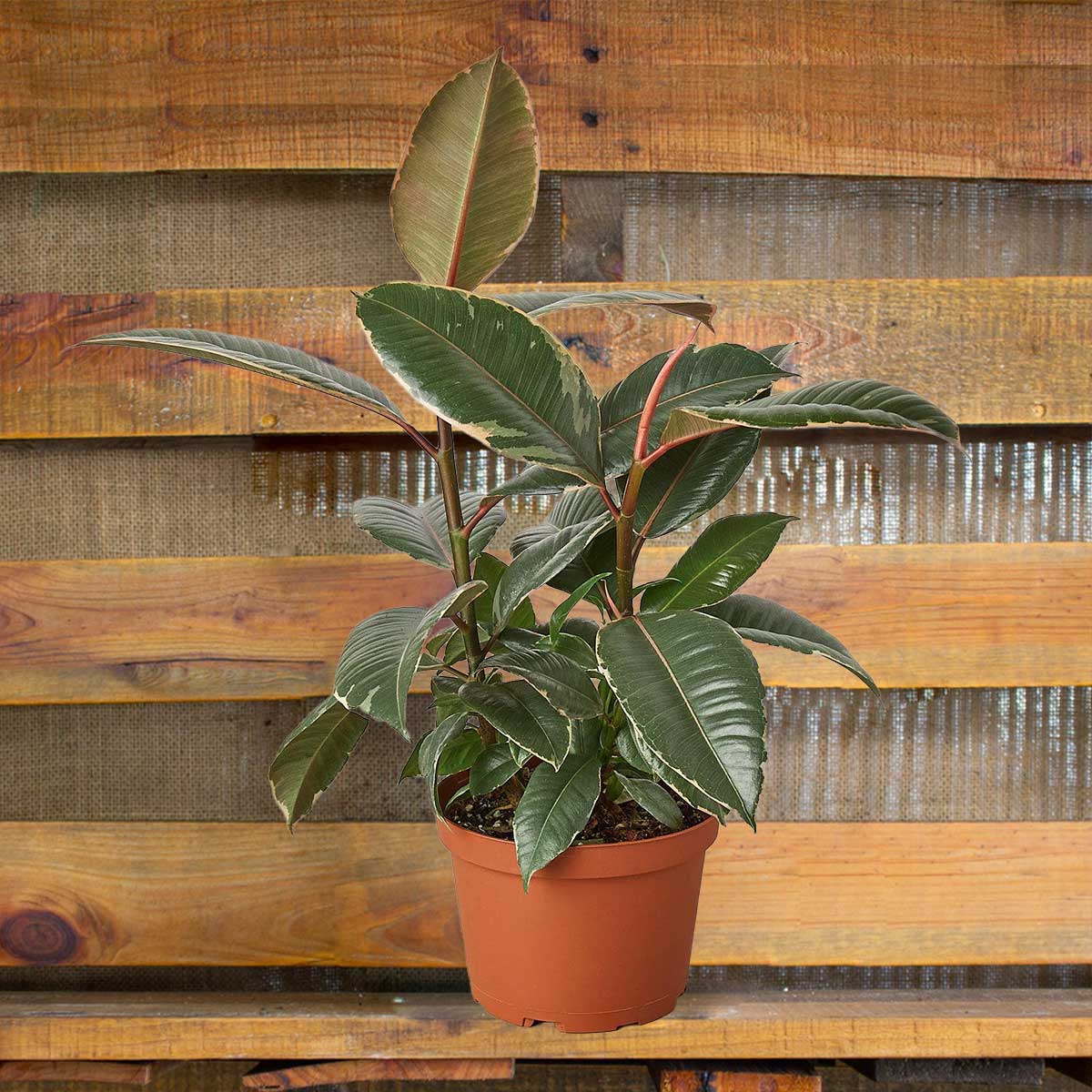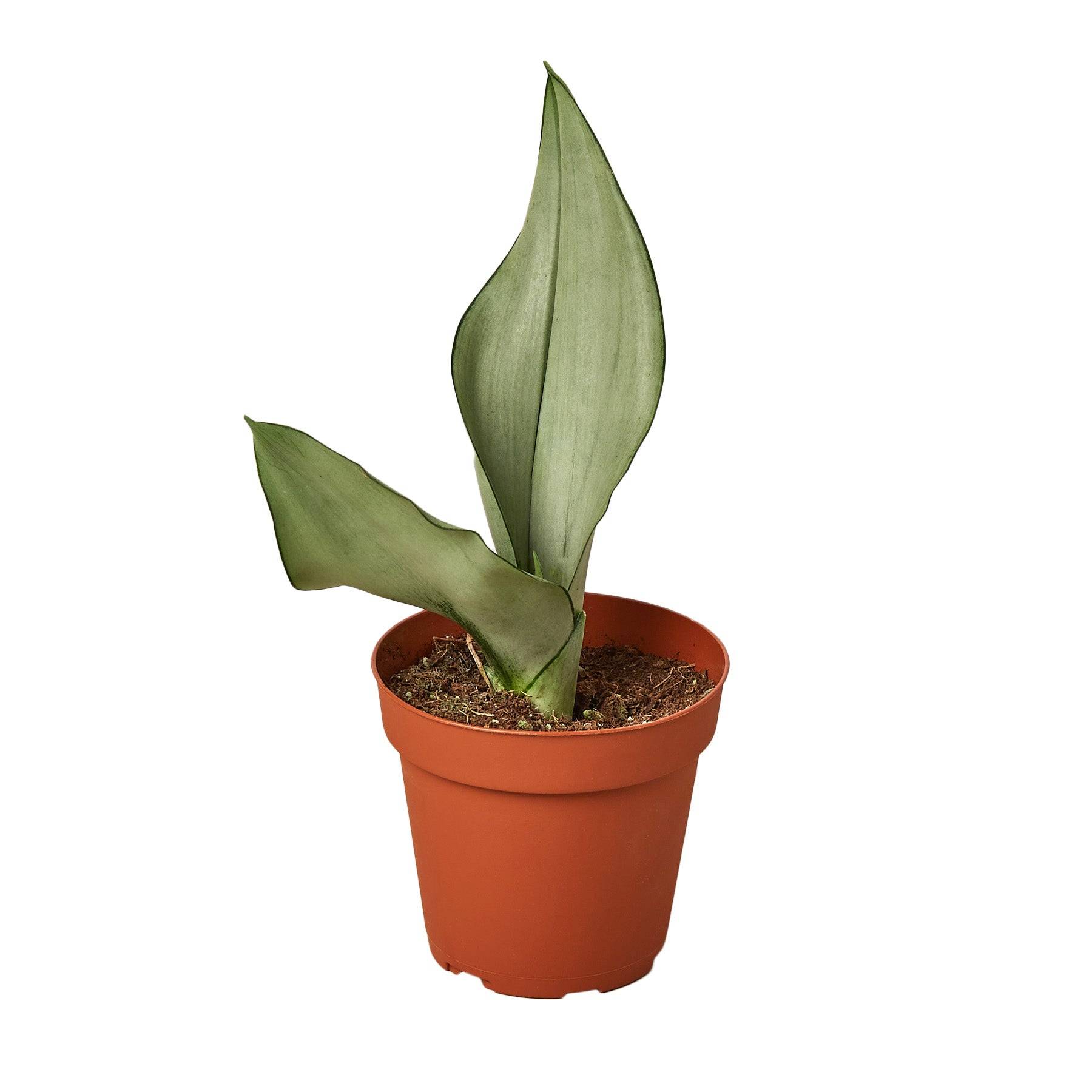When and How to Fertilize Plants

When and How to Fertilize Plants.
While adding compost and organic goodies is like giving your soil a VIP spa treatment, think of fertilizers as the plant’s personal energy drink—keeping them perky and ready to conquer the world but learning When and How to Fertilize Plants is Key🌱💪
Our quick guide spills the tea on when and how to fertilize without turning your garden into a nutrient-overdosed disco. Let’s dance through the dos and don’ts of fertilizing for a garden that’s strong, sassy, and ready to bloom! 🕺💚
Adding compost and another organic matter is essential for improving the long-term health and fertility of your soil, but fertilizers play a crucial role in providing the readily available nutrients that keep plants growing strong. Most plant fertilizers contain the three primary macronutrients: nitrogen (N), phosphorus (P), and potassium (K), plus small amounts of the micro-nutrients: magnesium, calcium, sulfur, iron, and boron. Usually, the N-P-K ratio on the package tells you the percentage – by weight – of each major nutrient.
Macro-nutrients
Nitrogen is mainly responsible for the growth of leaves and stems from plants.
Phosphorus is mainly responsible for flower, fruit, and root growth.
Potassium helps plants with their overall functions.
Magnesium is essential for photosynthesis, chlorophyll, and activates enzymes in plants, which is vital for growth.
Calcium is crucial for flower and fruit formation.
Sulfur helps plants form enzymes and proteins.
Micro-nutrients
Help fighting plant diseases. Micro-nutrient are only needed in small amounts but are essential for optimum plant growth and vitality.
Iron helps with the formation of chlorophyll. Without chlorophyll, there will be yellowing in all but the veins of the leaf.
Manganese functions with enzyme systems involved in the breakdown of carbohydrates and nitrogen metabolism.
Copper is vital for reproduction and growth. Some of the symptoms of copper deficiency include browning of leaf tips.
Boron aids the production of sugar, carbohydrates, and the development of seed and fruit. Boron deficiency includes bud dieback and small leaves reproduction.
Molybdenum is crucial in helping the plants use nitrogen.
Zinc is vital for the transformation of carbohydrates, regulates plant growth, and the consumption of sugars.

When temperatures rise in the spring, the new buds begin to need nutrients, and roots elongate to search for nutrients.
If the soil is fertile, moist, and well-drained, the plants will grow and prosper all season. If it’s poor, the roots only collect a small amount of what is needed.
Step—01
More Fertilizer isn’t Necessarily Better.
Though you don’t want to let your plants go hungry, applying too much fertilizer can cause problems. Excess of fertilizer can damage ecosystems and polluting the plant’s drinking water.
Follow the fertilizer’s package instructions for application rates and timing. If you are in doubt, be conservative.
Step—02
Fertilize your Indoor Plants when your Plant is in its Natural Growth Phase.
Spring and summer are ideal to fertilize your plants, promote growth, and give your plant a little boost.
Remove dying yellow, and brown leaves from your plant help the plant send energy to the healthiest leaves. To ensure even fertilizing distribution, remove fallen leaves from the soil.
Step—03
Never Apply Fertilizer to Dry Soil; the Soil Should be Moist.
Water the soil and after the pot is done dripping, discard any water left in the saucer.
Step—04
Dilute the Fertilizer Liquid.
Dilute the fertilizing liquid with water to half strength, or as directed on the bottle. Over-fertilizing can lead to shock.
Step—05
Pour the Fertilizing Liquid Evenly.
Pour the fertilizing liquid evenly over the top of the soil until water begins to drip from the drainage hole.
Share Article
Latest articles
July 23, 2024
July 23, 2024
July 23, 2024

